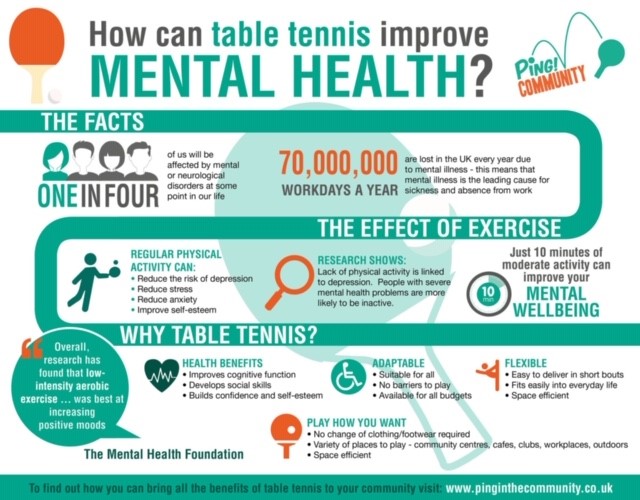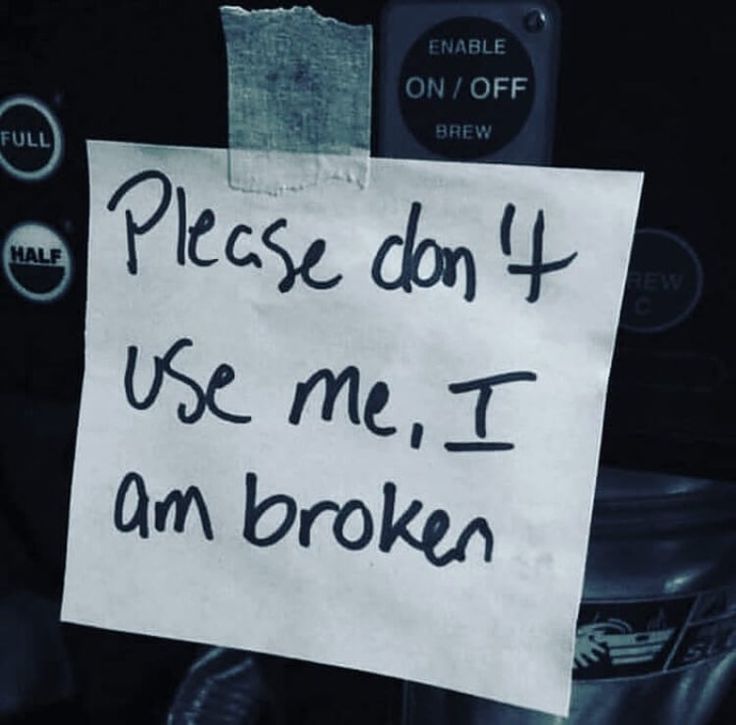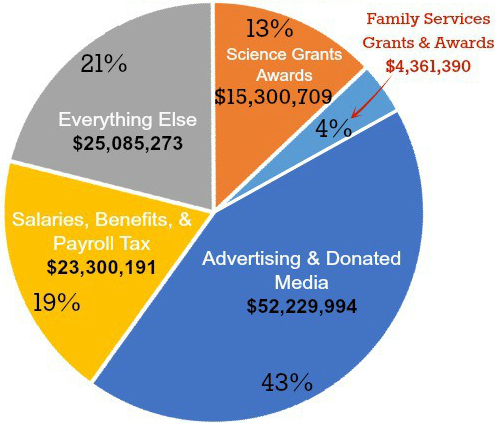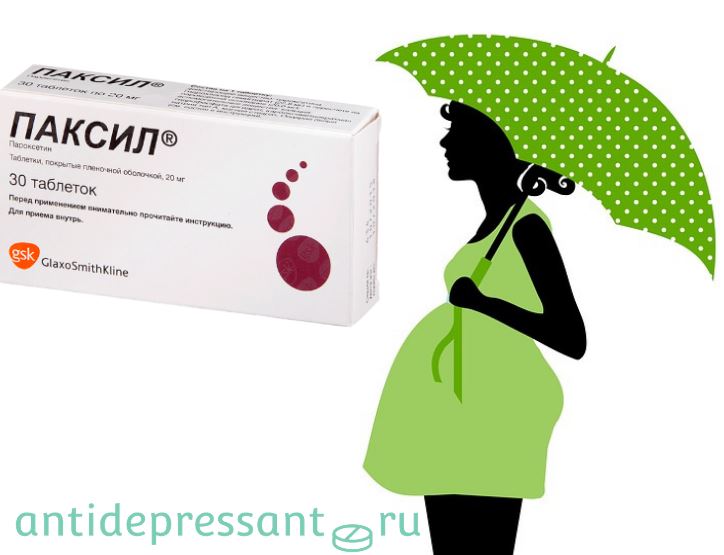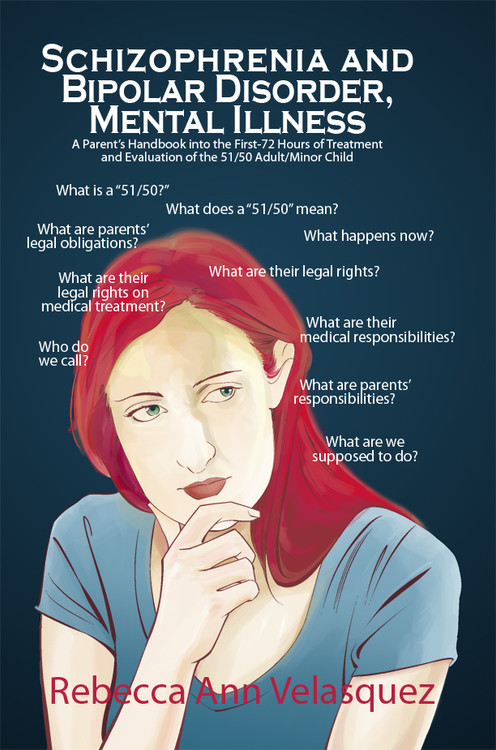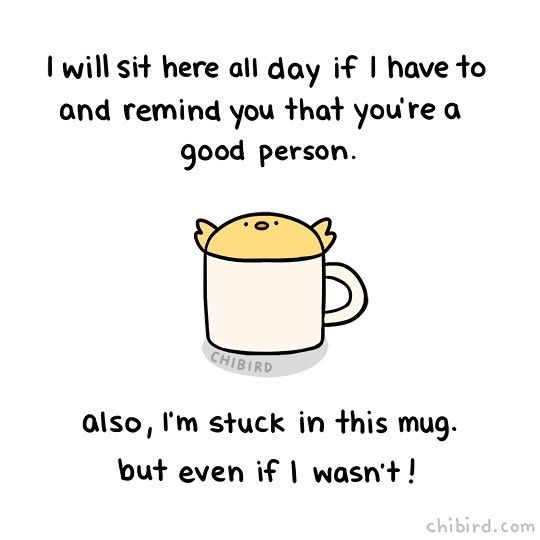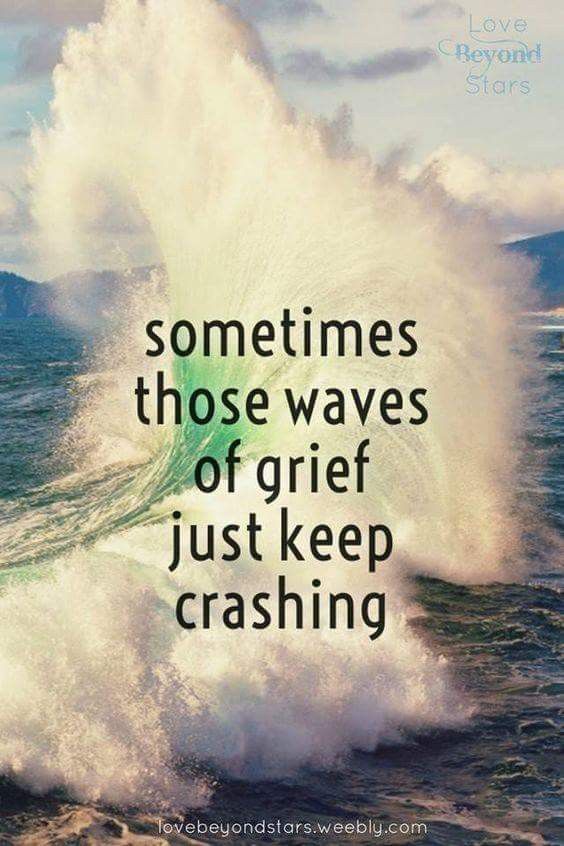Bullying and mental health facts
The Effects of Bullying on Mental Health
Bullying has affected children and teens for generations. But we’ve only recently understood bullying’s mental health effects, which extend beyond the victim to bystanders who witness it and the bullies themselves.
What is bullying?The Centers for Disease Control defines bullying as a form of “youth violence” toward a victim involving unwanted aggressive behavior from a bully (an individual or a group). At the heart of bullying is a power imbalance—whether perceived or actual—of social status, wealth, physical strength or size. Bullying can be repeated over periods of time, resulting in physical, psychological, social or educational harm.
The prolonged nature of bullying makes it different from one-time behaviors or isolated incidents like arguments and fights. Bullying behaviors include:
- physical intimidation or harm—tripping, hitting, pushing or spitting on a victim
- social exclusion, making fun of the victim, teasing, name calling and/or insults
- threats, property destruction, making the victim do something s/he doesn’t want to do
- spreading rumors or lies about the victim
Cyberbullies torment their victims publicly, privately and/or anonymously through texting, apps, forums and gaming platforms. Rumors, threats and name calling are their usual weapons, but social media and texting allow cyberbullies to send victims explicit images, or send images of victims to others. They can also bombard victims with constant questions: Where are you? Who are you with? What are you doing?
Unless it’s reported and removed, social media content is a permanent digital record that can cause problems for both victims and bullies. Teachers and parents may not notice cyberbullying until the problem becomes advanced.
Prevalence of BullyingOne in five students age 12–18 say they have been bullied. It happens often, at least once a week in 14% of public schools. Instances are highest for middle schools, followed by high schools and elementary schools.
An even greater number of teenagers experience bullying online. The Pew Research Center found that nearly two in three American teenagers have experienced cyberbullying. Because cyberbullying can be 24/7 and public, victims may feel they can never get away from it.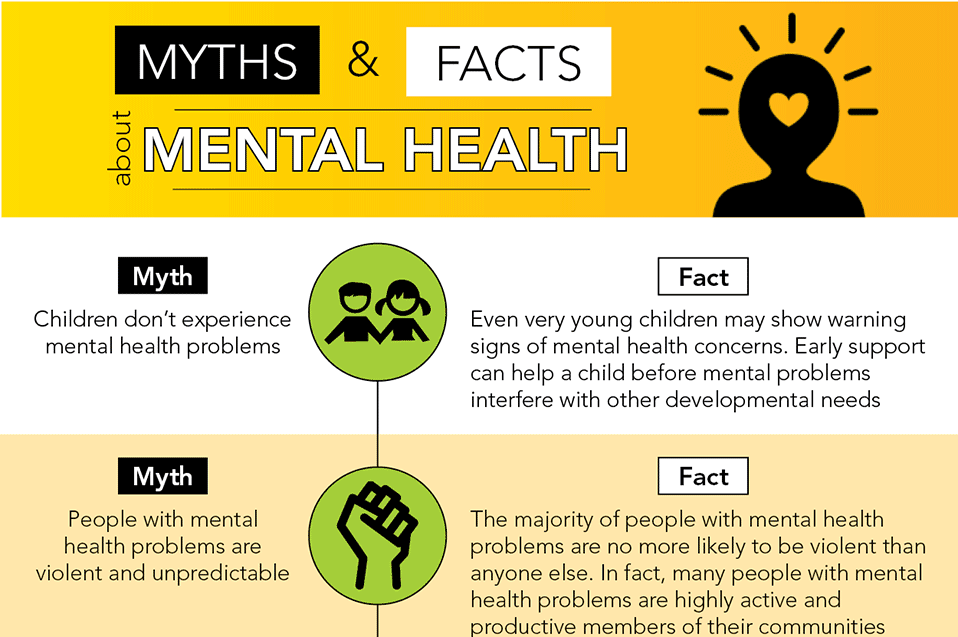
Children and teens at greater risk for being bullied are often thought of as “different” in appearance, sexual orientation, cultural identity or disability. They may be new to school and/or have fewer friends. Bullies themselves may be popular and well known, or on the outside looking in. They may be victims of past bullying or victims while they are bullying others. They’re more likely to bully others if they have trouble following rules, their parents are less involved and/or they view violence as acceptable.
Mental Health Effects of Bullying“59% of U.S. teens have been bullied or harassed online, and a similar share says it’s a major problem for people their age. At the same time, teens mostly think teachers, social media companies and politicians are failing at addressing this issue.”
Pew Research Center
Bullying can affect mental, physical and emotional health during school years and into adulthood. It can lead to physical injury, social or emotional problems and in some cases, even death.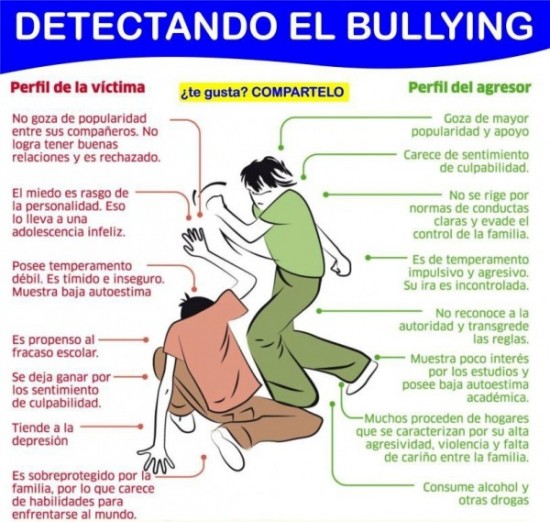
Bullied children and teens are more likely to experience depression, anxiety and sometimes long-term damage to self-esteem. Victims often feel lonely. Some victims may fight back with extreme, sudden violence; stopbullying.gov reports that in 12 of 15 school shootings, the shooters had been bullied.
Bullies are at higher risk for anti-social, sometimes violent behaviors like getting into fights and destroying property. They often have problems with school, up to and including dropping out. They’re more likely to abuse substances and alcohol. This can continue into adulthood, when they are more likely to abuse their partners and spouses, or their children, or to engage in criminal behavior.
Bully-victims—those who both bully and are bullied—suffer the most serious effects. They are at greater risk for mental and behavioral problems than those who are victims or bullies alone. Rates of depression, anxiety and suicide ideation and behaviors are greatest in this group.
Bystanders fall into one of two groups: those who act to stop bullying, and those who don’t.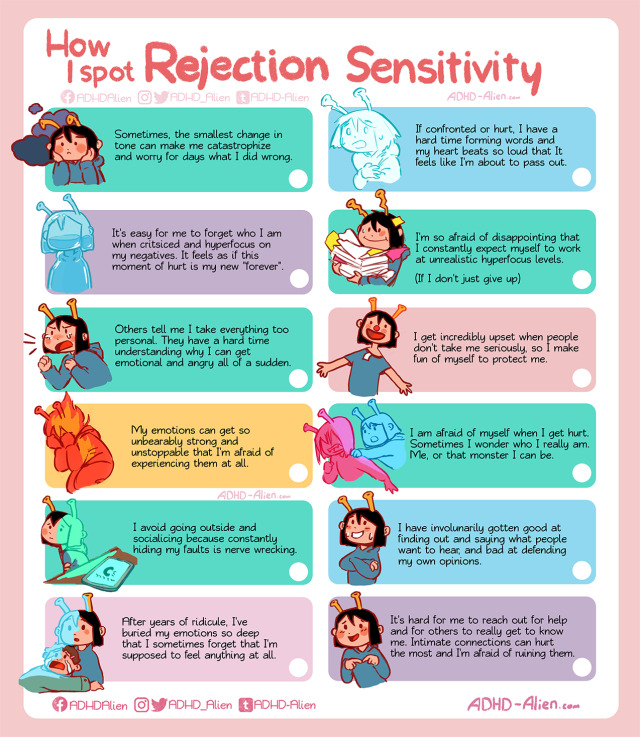 The latter could be afraid of retaliation and upset because they wanted to intervene and didn’t. They may experience increased anxiety and depression that can affect academic performance, and increase their use of substances, alcohol and tobacco. Bystanders who act to stop bullying, however, have beneficial outcomes, including increased self-esteem.
The latter could be afraid of retaliation and upset because they wanted to intervene and didn’t. They may experience increased anxiety and depression that can affect academic performance, and increase their use of substances, alcohol and tobacco. Bystanders who act to stop bullying, however, have beneficial outcomes, including increased self-esteem.
There is no direct correlation between bullying and suicide, which is usually not due to a single source of trauma. But bullying can contribute to the intense feelings of helplessness and hopelessness involved in suicidal behaviors. Victims or perpetrators who experience continued, frequent bullying are at greater risk for suicidal behavior. Bully-victims have the highest risk for suicidal behavior.
The Importance of Addressing BullyingBullying victimization is an example of toxic stress, especially when it is cumulative and occurs year after year.
Evans, et al., Journal of Child and Family Studies
Because of the potential mental health effects on everyone involved, it’s important to heed the warning signs of bullying.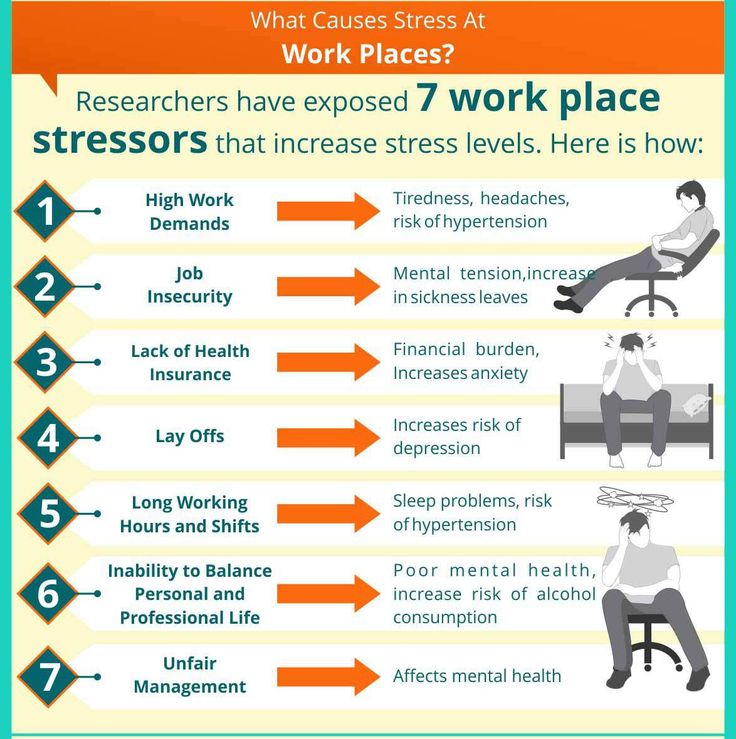
Children who are bullied may come home with unexplained injuries, “lost” books or damaged possessions. They may have trouble sleeping and lose interest in favorite activities. If they’re afraid to enter the cafeteria at lunchtime, they may come home hungry. They might pretend illness to avoid school, affecting their academic performance. Some may avoid social interactions, while some may begin to bully others. Victims may try to cope by harming themselves or running away.
Bullies, on the other hand, may become more aggressive; their friends may include other bullies. Bullying behavior may be a mechanism to cope with stress or abuse in their lives. They may play the “blame game,” resisting responsibility for their actions. Unexplained extra money or possessions are also warning signs.
Because bullying is traumatic for everyone concerned, it’s important to address it as early as possible. Parents and teachers can work to ensure safety and prevent future bullying. Stress management and relaxation techniques can also help.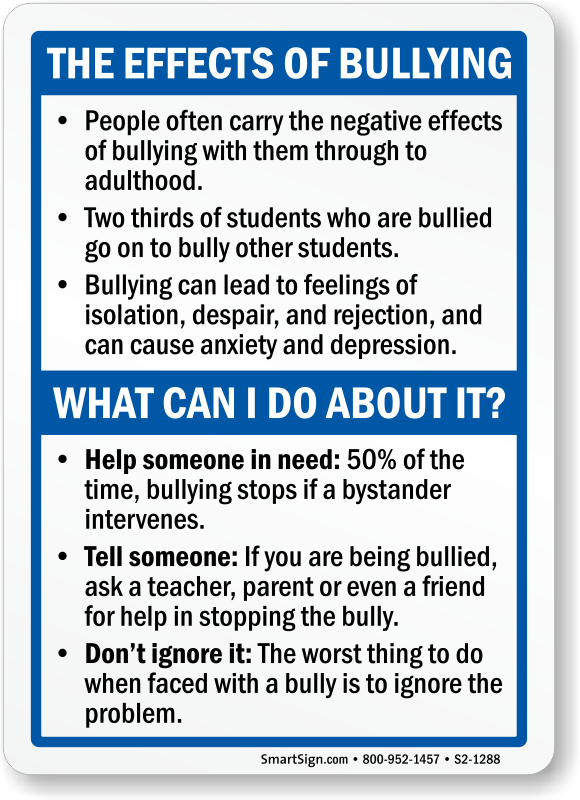 Best Day’s counselors are ready to help you and your child cope with any traumatic event. The first step is reaching out to our professionals so we can offer appropriate solutions and treatment.
Best Day’s counselors are ready to help you and your child cope with any traumatic event. The first step is reaching out to our professionals so we can offer appropriate solutions and treatment.
How We Can Help You?
Best Day Psychiatry and Counseling is here to help you have a better day and find a better way. We treat a wide range of psychiatric conditions for both children and adults. Contact us today, we’re ready to help:
Fayetteville: (910) 323-1543 • Fuquay-Varina: (919) 567-0684 • Raleigh: (919) 670-3939 • Greenville: (252) 375-3322
The Mental Health Impact of Bullying on Kids and Teens
When people hear the word “bully,” they may think of a child being pushed around by another kid. Or they may think of someone being insulted by a peer, whether face-to-face or online.
Regardless of its shape and form, these experiences can be incredibly serious and often have lifelong effects. And while everyone cannot be forced to get along, there are steps we can all take to reduce bullying and make everyone feel more welcome.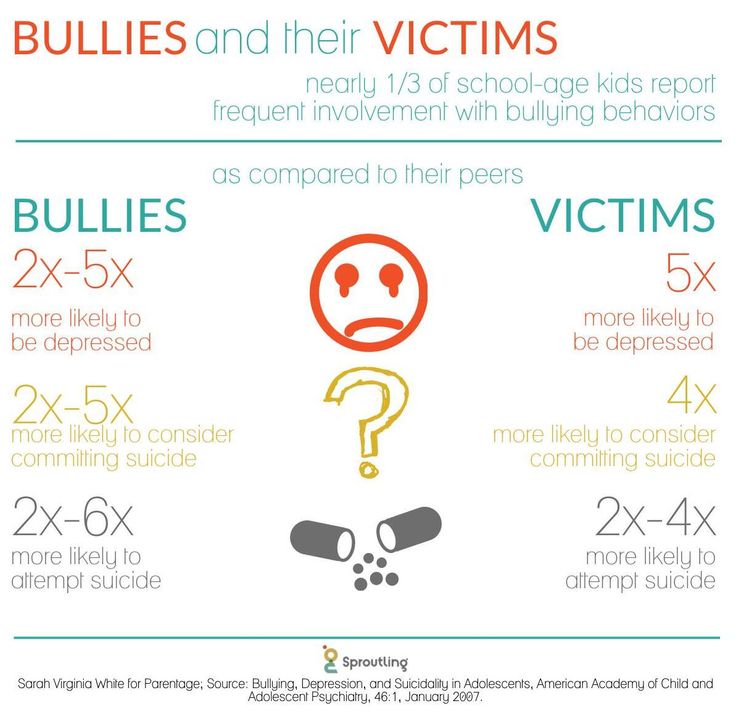
Keep Reading To Learn
- How bullying can take different forms
- Why bullying impacts self-worth in kids and teens
- Where to find resources and help
What Is Bullying?
First, it’s important to recognize the difference between bullying and fighting, as they can sometimes look very similar. Fighting occurs between two people that have equal power, whether it’s strength, size, or intellect.
Bullying happens between someone who has more power and is more aggressive than their targeted person. A bully uses that power—whether it’s physical strength, being more popular, or knowing embarrassing information—to hurt or control the person they’re bullying.
The person who is being bullied may find it hard to defend themselves and may feel increasingly powerless against the person bullying them.
It can be difficult for parents or people in authoritative roles (teachers, coaches, bosses) to identify if someone is being bullied—or bullying someone else—because it often occurs out of their sight.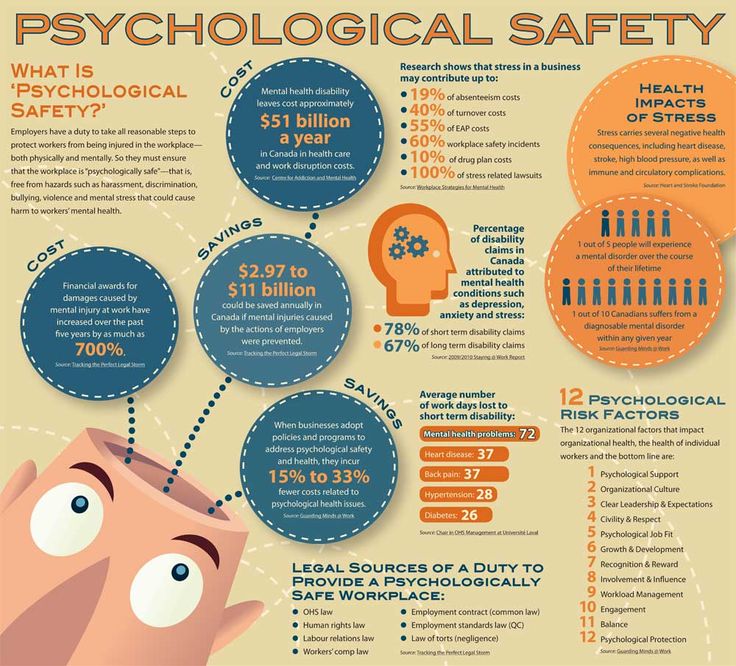 That’s why it’s helpful for peers to know when and how to help if they see that someone’s being bullied.
That’s why it’s helpful for peers to know when and how to help if they see that someone’s being bullied.
Data shows that bullying comes in many forms, can happen anytime, and can take place online. Some of the most common forms of bullying include:
Physical bullying:
- Hitting or striking someone
- Kicking someone
- Shoving someone
- Intentionally tripping someone, causing them to fall (especially if they are carrying several items)
- Spitting on someone
Verbal bullying:
- Teasing
- Threats of physical harm
- Name-calling, which can include racist, homophobic, or other offensive language
- Yelling
- Harassment
Although verbal bullying does not leave bruises, scrapes, or marks, it can still have a significant impact on someone’s mental health.
Bullying can also be based on impacting relationships with the recipient:
- Starting rumors about someone
- Intentionally excluding someone from an activity
- Giving the silent treatment
- Gossiping
Relationship bullying may be especially harmful to children, as it can impair their social development, but all types of bullying can have adverse effects on mental health.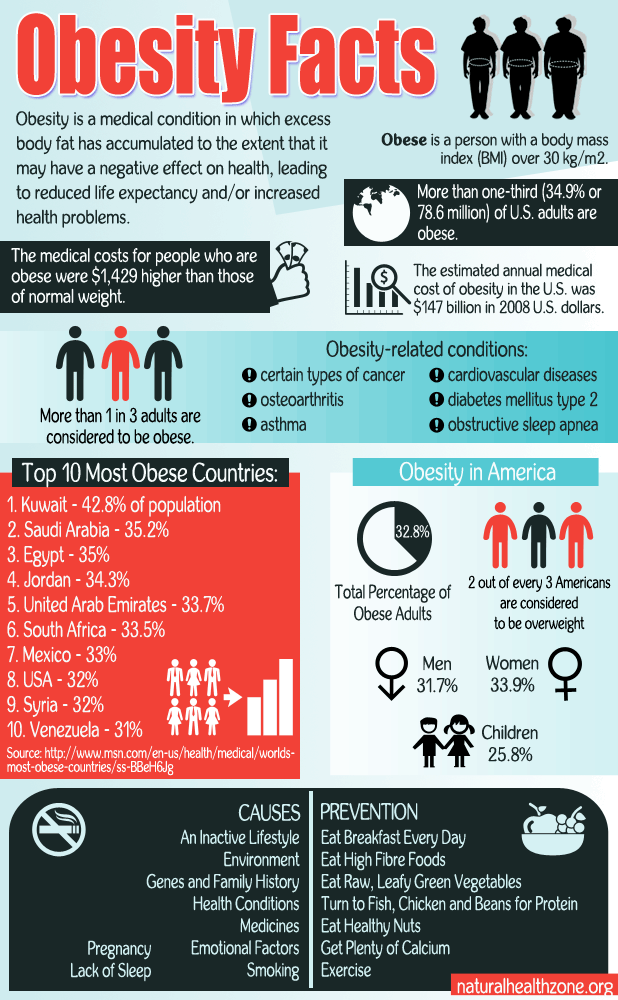
Watch Now!
Dr. Lisa Coyne addresses overcoming low self-esteem and valuing our actionsUnfortunately, Bullying Is Common
The National Center for Education Statistics and the Bureau of Justice Statistics and the Centers for Disease Control and Prevention have published recent statistics, including:
- One out of every five students between the ages of 12 and 18 has experienced bullying at some point
- Students who reported being bullied stated it had an impact on how other students treated them
- Many children are bullied by peers who are larger or stronger than they are
- Some children are bullied because they have less money than their peers
- Fewer than half of all students who experienced bullying in school report it to authorities
Cyberbullying: The Darker Side of Technology
Cyberbullying refers to any bullying that takes place in the digital world.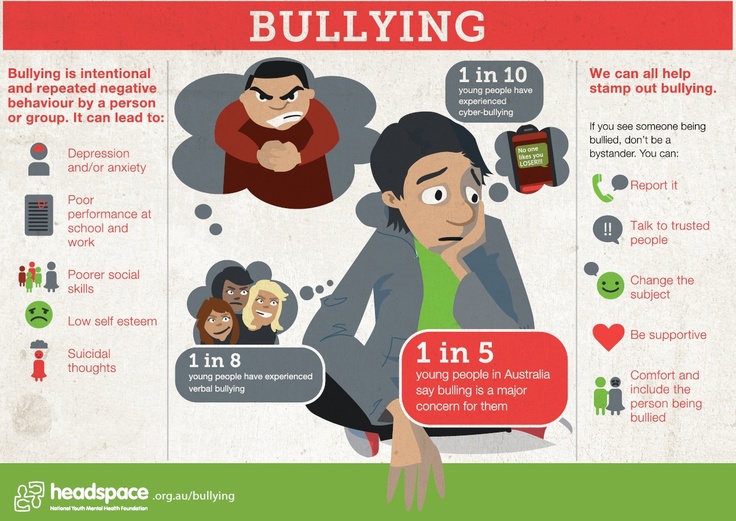 Students as young as elementary school ages understand how to use cell phones, tablets, and computers.
Students as young as elementary school ages understand how to use cell phones, tablets, and computers.
Although the internet can benefit a child’s academic growth and development, it also makes them more vulnerable to cyberbullying.
Cyberbullying is a significant concern. It can have a major impact on a young person’s mental health. Adolescents who are the victims of cyberbullying are more likely to experience depression, anxiety, and academic difficulties.
According to one study published by JAMA, young people exposed to cyberbullying are at a 50% increased risk of suicidal thoughts than their peers. Another recent study showed that children and young adults who experience cyberbullying are more than twice as likely to harm themselves and display suicidal behavior.
One study published by the Joint Research Center found that more than half of all children surveyed had experienced cyberbullying in some way. A survey published by Google indicated that teachers believe cyberbullying is their top safety concern in the classroom.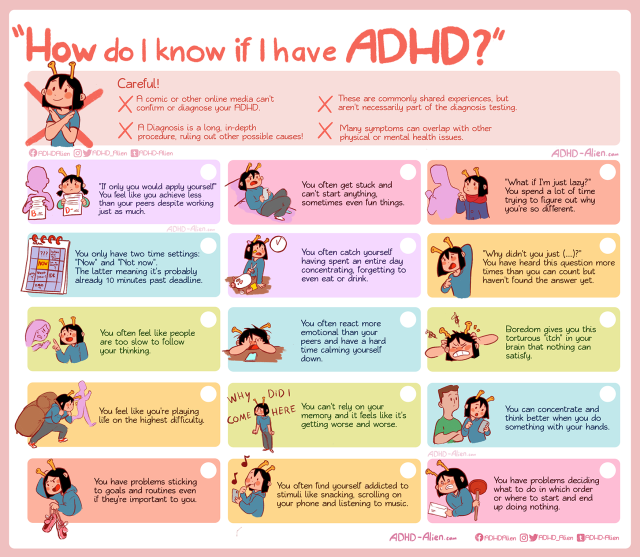
Mocking someone online, posting embarrassing photos, and harassing someone on social media can be forms of cyberbullying. Setting up fake social media accounts to spy on someone and/or to make fun of them is another form of this type of bullying.
Unfortunately, because children can talk to each other whenever they want online, it can be nearly impossible for a child to escape their bully.
There are a number of common types of cyberbullying.
Comments and Rumors
One of the most common forms of cyberbullying is spreading mean comments and rumors across social media sites. Popular social media platforms include Facebook, Instagram, TikTok, Twitter, and Snapchat.
2018 research from the Pew Research Center shows that 32% of teens have experienced spreading of false rumors online.
Embarrassing Pictures
Another type of cyberbullying is spreading embarrassing pictures of someone. This can include “revenge porn,” which refers to posting nude pictures of someone on social media platforms without their permission.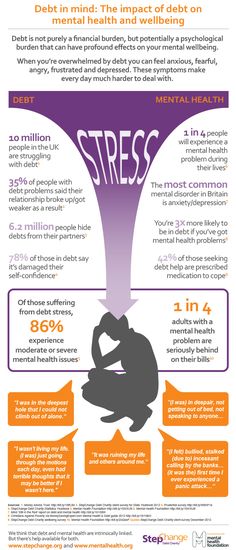
Impersonation
A bully may try to steal someone’s password to social media accounts. Then, they may post negative things on that person’s account, posing as the individual. They may also create a fake account using someone’s photos and content and harass others or pretend to be the person.
Digital Threats
A bully may use the internet to share digital threats about someone. For example, they may post a video targeting someone with malicious intent.
Mental Health of Kids and Teens
One in five teens and young adults live with a mental health condition. How do we know when behavior requires a professional opinion?
Read On
The Mental Health Impact of Bullying
Students who are bullied by other students at school are more likely to develop depression.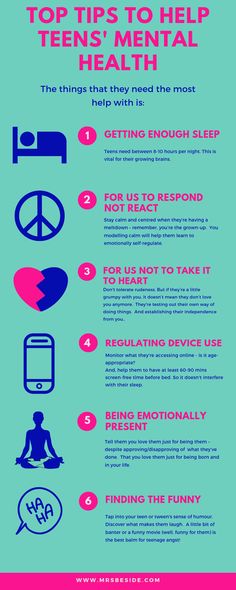 The most common signs of depression include sleep problems, appetite changes, emotional disturbances, and even thoughts of suicide. Children who experience depression may lose enjoyment in activities that once brought them happiness.
The most common signs of depression include sleep problems, appetite changes, emotional disturbances, and even thoughts of suicide. Children who experience depression may lose enjoyment in activities that once brought them happiness.
Bullying can make students more likely to develop anxiety. Anxiety may develop because students fear bullying at every turn. Anxiety makes it harder for people to form relationships with friends, peers, and teachers.
Bullying can make it harder for kids to succeed in the classroom. This can make it hard for them to keep up with their academic studies. If students are bullied regularly, they may not want to go to school or participate in school-related activities, like sports or field trips.
Children who are bullied may see themselves as being less worthy than others. They may feel like other people are better than they are. They may believe they do not deserve to enjoy the same happiness and success as other children.
This can be devastating to academic and social development, and can have varying results.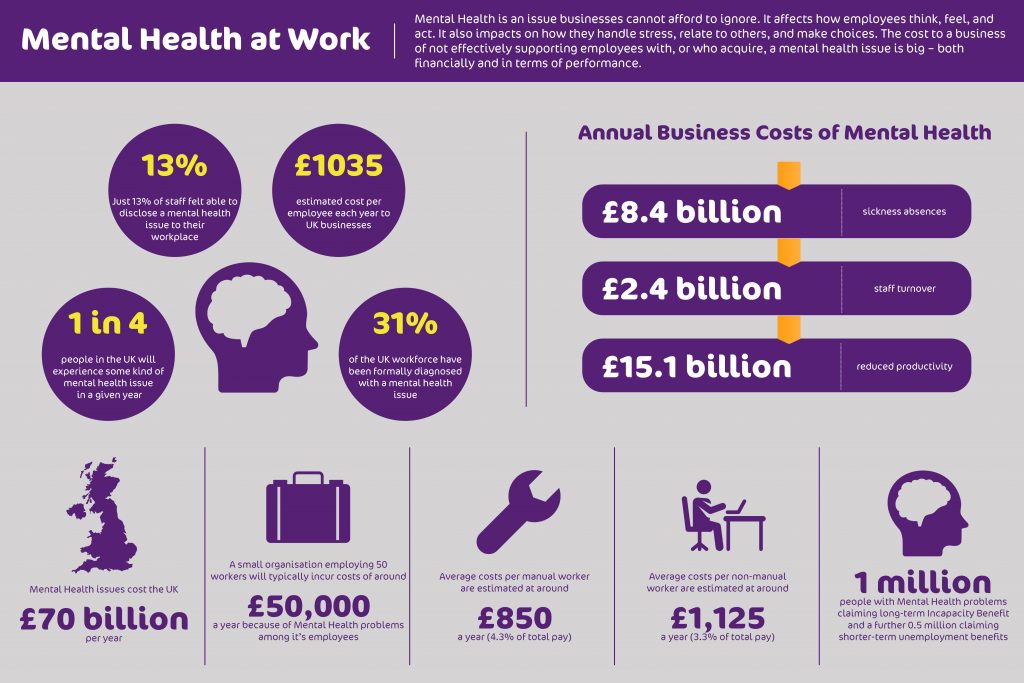
Loss of Self-Confidence
One of the first effects children and teens feel if they are bullied is a loss of confidence. For example, kids often feel like they are not as good at a particular sport as the person bullying them. They may feel like they do not even deserve to try out for a certain activity. This loss of self-confidence can affect other areas of life.
Increased Self-Criticism
Kids who are bullied are often harsh on themselves. They may have heard negative statements from the bully so often that they start to believe the statements are true. They may start to feel bad about something that cannot possibly change, such as their hair color, skin color, or height.
They may also feel shame or embarrassment about events or behaviors that a bully further shames them about.
Increased Self-Isolation
Kids who are bullied often feel so bad about themselves that they try to isolate themselves from their peers, family members, and friends. They may spend a lot of time closed off in their rooms when they are not at school.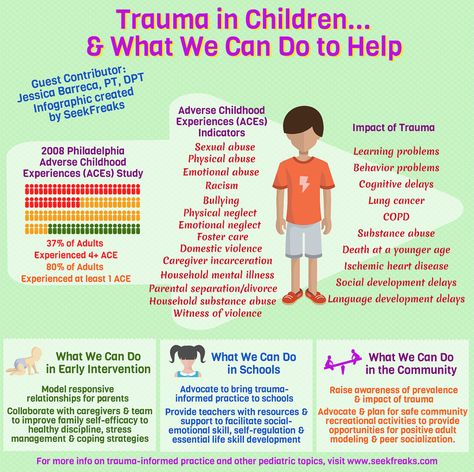 They may not want to go to school at all.
They may not want to go to school at all.
It is worth noting that bullying can impact not only the victim but also the perpetrator.
Children who bully others are at a greater risk of getting into physical fights, verbal altercations, and are less likely to take responsibility for their actions. Research also shows that children who bully others are at risk of developing antisocial behaviors. These include significant academic problems, substance use disorders, and aggressive behaviors.
How Do You Know if a Young Person Is Being Bullied?
It’s important for parents, educators, and other adults in supportive roles to know how to spot signs of cyberbullying and mental health issues in children and adolescents. Signs a youth may be developing serious mental health issues include:
- Random fits of anger and crying spells for no apparent reason
- Complaints about feelings of hopelessness or emptiness
- Disproportionate reactions of anger and frustration when compared to the situation
- A loss of interest in activities that used to bring joy and pleasure
- Feelings of low self-esteem, guilt, and worthlessness
- Difficulty focusing and concentrating
- Sudden/abrupt avoidance of school and/or an activity they used to attend
Anyone experiencing depression or anxiety should seek help from a trained mental health professional as quickly as possible.
What To Do if You Witness Bullying
Adults and young people who are not the target of a bullying episode may see bullying taking place.
If you notice that someone is being bullied, there are several steps you can take to help. These include:
- Keep your own emotions in check and don’t overreact to the situation
- No matter what you do, do not blame the person who is being bullied
- Make sure everyone involved understands that bullying is wrong
- Explain the facts of the situation to people in charge, such as teachers or coaches
Young people who experience or witness bullying should be encouraged to report incidents to their teachers or other authority figures. Children should not be encouraged to react with violence towards bullies.
How To Help Everyone Feel More Included
To lessen the impact of bullying, it’s important to help young people feel like they are welcome just as they are.
Here are a few ways to help others feel included:
- Focus on activities that encourage everyone to get involved
- Encourage kids to give genuine compliments to each other
- Discourage comparing oneself to other people
- Help kids to focus on their strengths
- Reward those who go out of their way to help other people
These simple steps can go a long way toward helping young people feel more included and reduce bullying.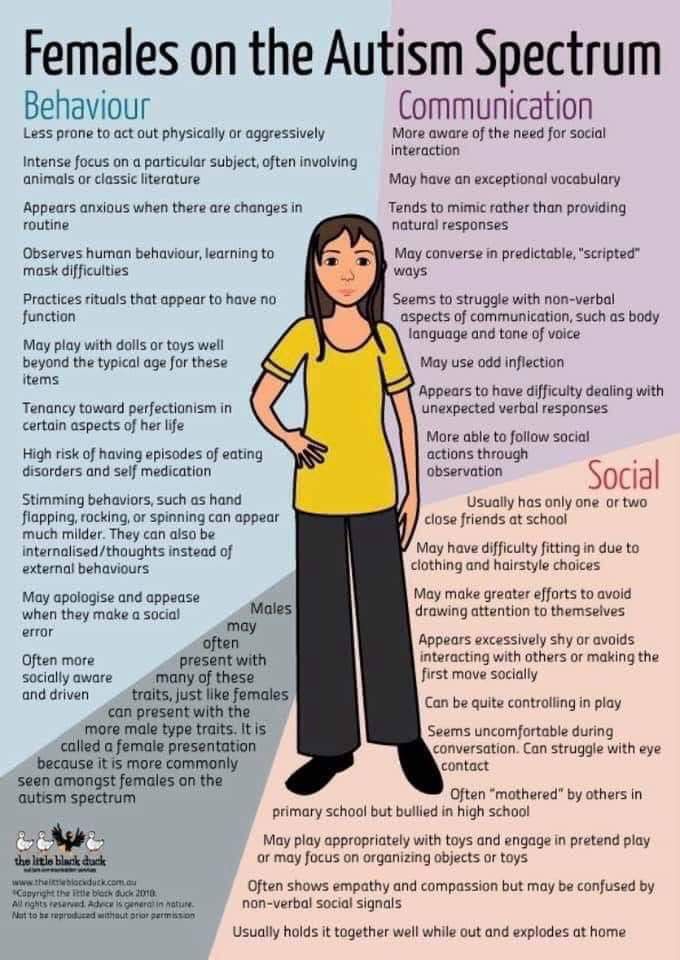
Think Someone Needs Help? Here’s What To Do
If you’re worried that you, someone you care for, or someone you know is being bullied, it’s important to contact a licensed health care provider. If the effects of bullying go unnoticed or untreated for too long, they can have a much more severe negative impact than if they had been addressed early on.
A primary care provider, such as a family doctor or pediatrician, is a great starting point for guidance, as you can ask questions about behaviors, and they can direct you toward resources to help. If a specialized provider is needed, like a counselor or other licensed mental health professional, your doctor can make referrals.
If you’re concerned about bullying that is occurring at school or during extracurricular activities, you should talk to teachers, school counselors, or coaches, who can share anything they may have noticed about a young person’s behaviors or interactions with others.
Resources for Those Who Experience Bullying
If you would like to learn more about bullying or need help managing the mental health effects of bullying, there are resources available.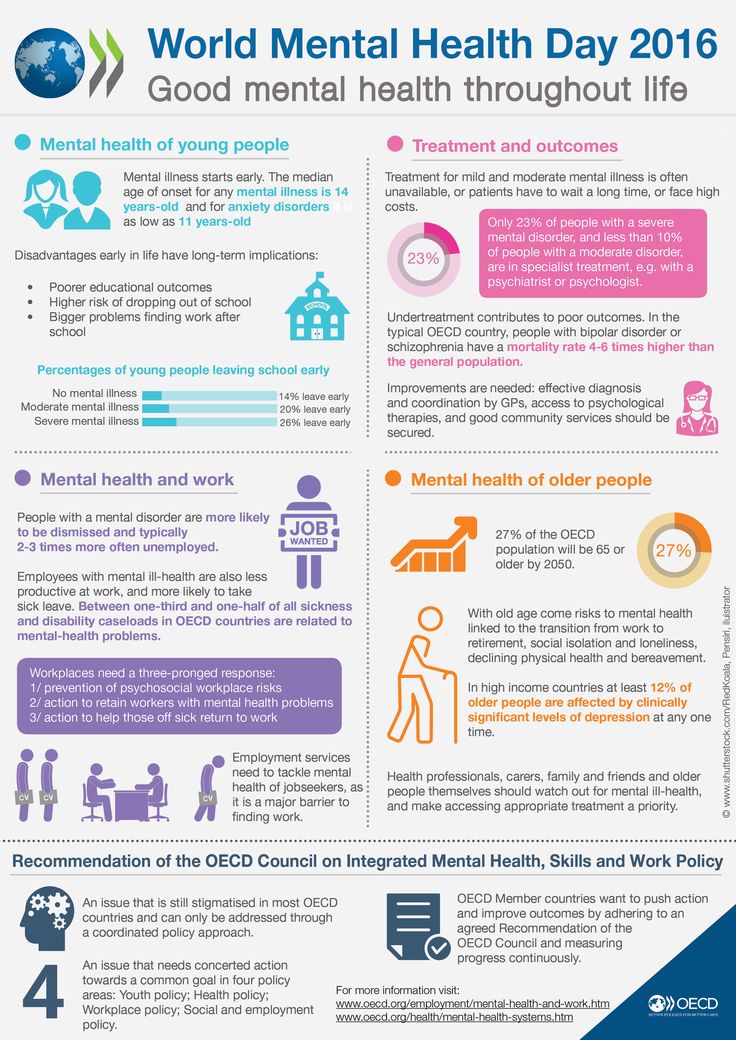
If you or someone you care for is feeling hopeless or helpless, you can call the National Suicide Prevention Lifeline at 1.800.273.8255 or 988 at any time for support from a counselor. You may also text MHA to 741741 to receive guidance from the Crisis Text Line.
The Trevor Project supports LGBTQ+ youth and can be reached 24 hours a day, seven days a week by calling 1.866.488.7386, or by texting the word START to 678678.
Anyone who has been bullied should be made aware or reminded that mental health professionals can help. Your primary care doctor can refer you or your child to a mental health professional in your community.
Helpful Links
These organizations focus on preventing bullying:
StopBullying.gov
Provides information from several agencies related to bullying, bullying prevention, and bullying response.
Teach.com
Offers information for educators and parents related to bullying in children, including cyberbullying.
Committee for Children
Provides kids and adults with resources to understand what bullying looks like and how to stop it.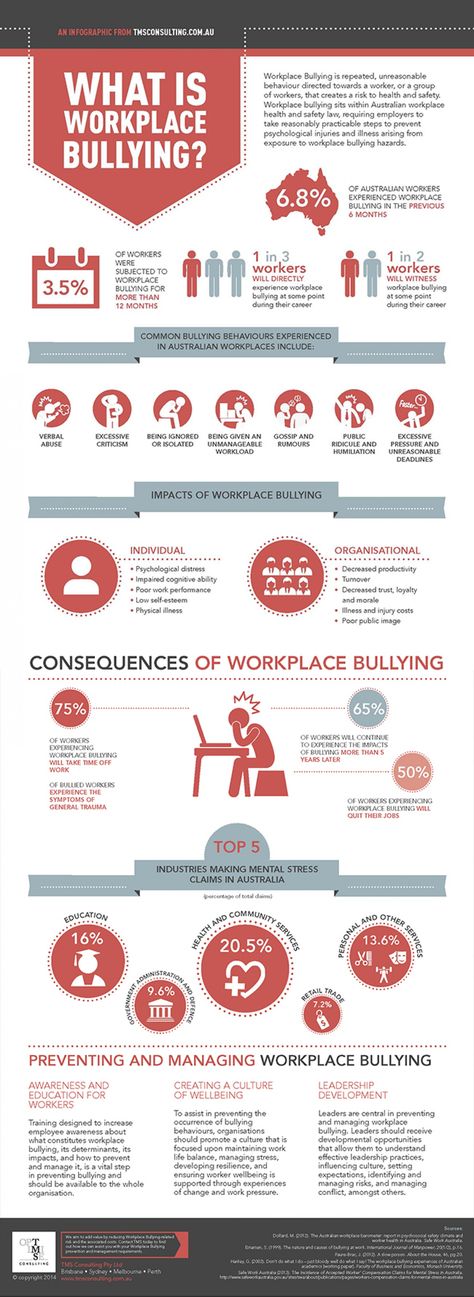
Let us help your child feel like a kid again. Call us today at 877.626.8140 to learn more about McLean’s treatment options for kids and teens.
Topics
- Child & Adolescent
Strengthening mental health measures
Strengthening mental health interventions- Healthcare issues »
- A
- B
- B
- G
- D
- E
- and
- 9000 O
- P
- R
- S
- T
- U
- F
- x
- C
- hours
- Sh
- K
- s
- I
- Popular Topics
- Air pollution
- Coronavirus disease (COVID-19)
- Hepatitis
- Data and statistics »
- News bulletin
- The facts are clear
- Publications
- Find the country »
- A
- B
- B
- D
- E
- 9000
- O
- P
- C
- T
- U
- Ф
- x
- Sh
- Sh.
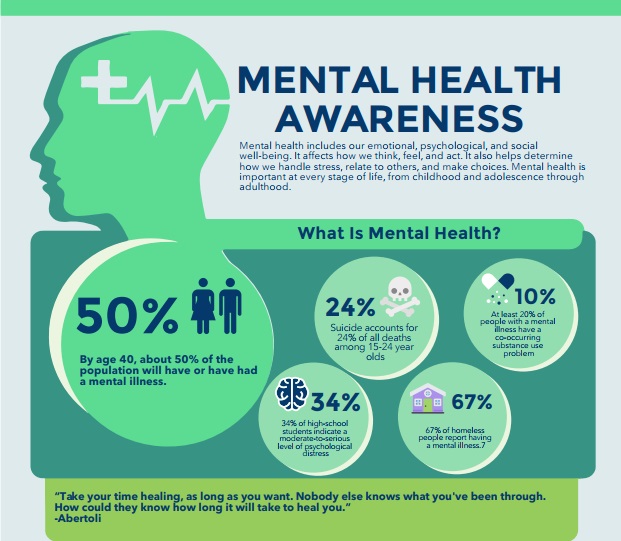
- 9000
- Yu
- I
- WHO in countries »
- Reporting
- Regions »
- Africa
- America
- Southeast Asia
- Europe
- Eastern Mediterranean
- Western Pacific
- Media Center
- Press releases
- Statements
- Media messages
- Comments
- Reporting
- Online Q&A
- Developments
- Photo reports
- Questions and answers
- Update
- Emergencies "
- News "
- Disease Outbreak News
- WHO data »
- Dashboards »
- COVID-19 Monitoring Dashboard
- Basic moments "
- About WHO »
- CEO
- About WHO
- WHO activities
- Where does WHO work?
- Governing Bodies »
- World Health Assembly
- Executive committee
- Main page/
- Media Center /
- Newsletters/
- Read more/
- Strengthening mental health measures
Key Facts
- There are affordable, effective and feasible strategies to promote, protect and restore mental health.
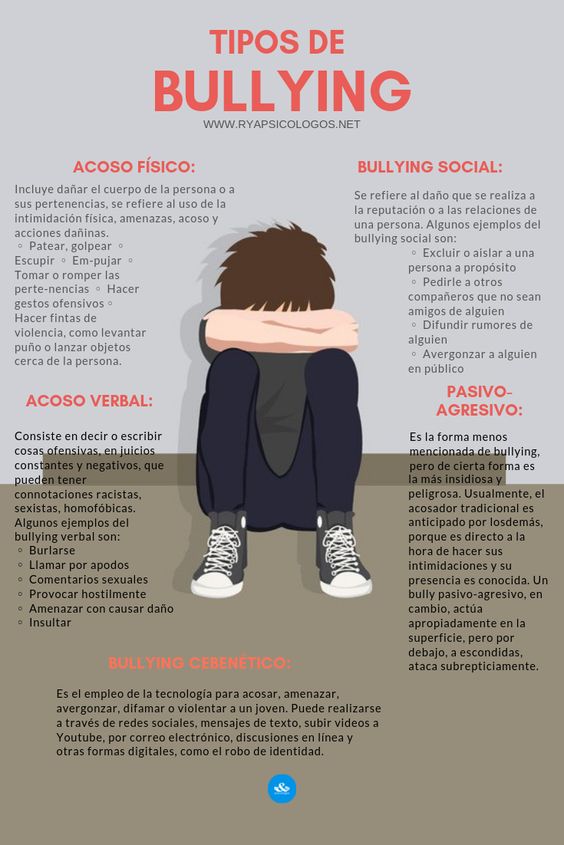
- The need for mental health action is clear and urgent.
- Mental health is essential both in and of itself and as an integral part of a person's overall health and well-being.
- Mental health results from the influence and interaction of a complex of individual, social and structural stressors and vulnerabilities.
The concept of mental health
Mental health is a state of mental well-being that enables people to cope with stressful situations in life, realize their potential, study and work successfully, and contribute to society. It is an essential component of health and well-being that underpins our individual and collective abilities to make decisions, build relationships, and shape the world we live in. Mental health is one of the basic human rights. In addition, it is crucial for personal, social and socio-economic development.
Mental health is not limited to the absence of mental disorders. It represents a continuous continuum, individual for each person, within which a person faces a complex of factors of varying degrees of complexity and experiences different levels of stress, which leads to very different potential social and clinical consequences for each individual.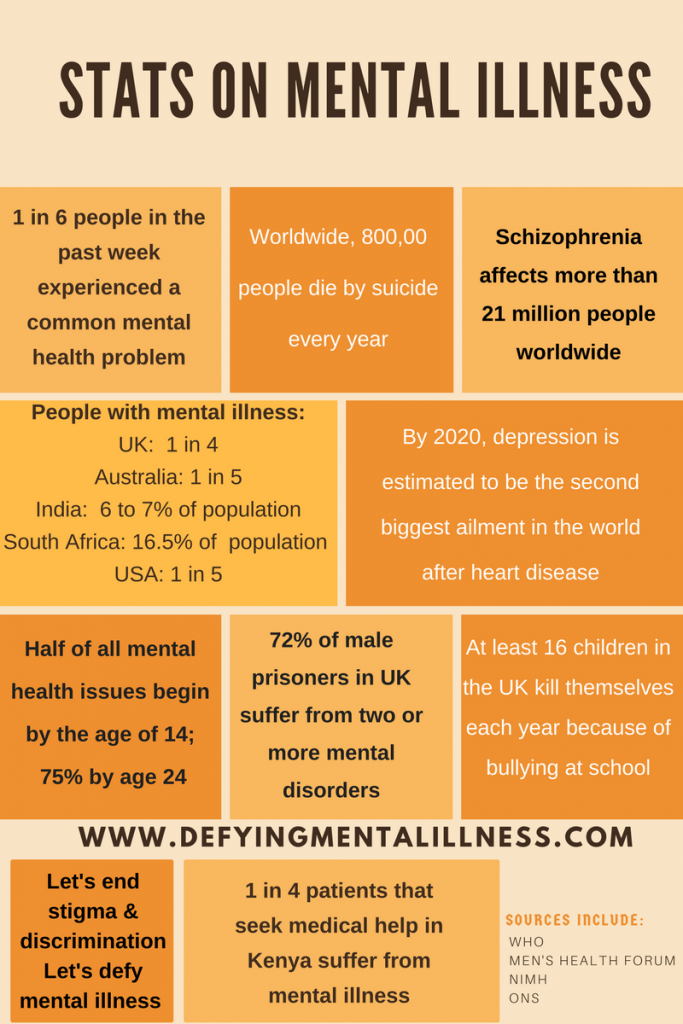
Mental health disorders is a collective term that includes mental disorders, various types of psychosocial disabilities, and other mental health conditions associated with significant distress, functional impairment or risk of self-harm. As a general rule, people with mental health problems are more likely to experience lower levels of mental well-being, although exceptions are possible.
Determinants of mental health
Throughout our lives, multiple individual, social and structural determinants can collectively protect or undermine our mental health and change our position on the mental health continuum.
Various individual psychological and biological factors such as emotional skills, substance use and genetic characteristics can make a person more susceptible to mental health problems.
Exposure to adverse social, economic, geopolitical and environmental circumstances, including poverty, violence, inequality and disadvantaged social conditions, also increases the risk of mental disorders.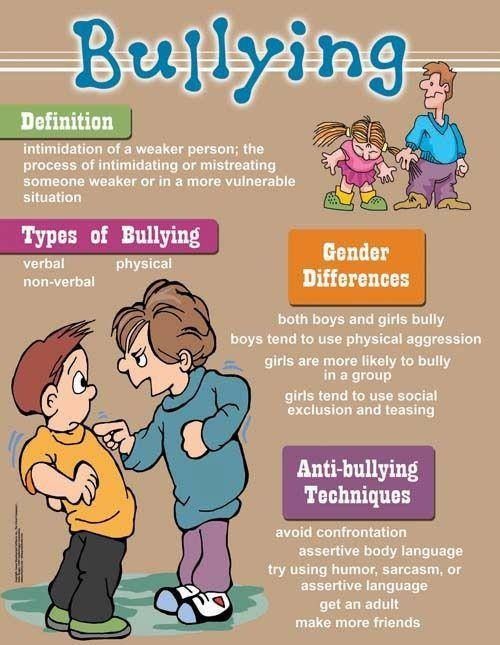
Risk factors can appear at all stages of life, but those that arise during the most important periods for human development, especially in early childhood, have a particularly strong negative impact. For example, harsh parenting and physical punishment are known to undermine children's mental health, and school bullying is a major risk factor for developing mental health problems.
Similarly, protective factors also occur throughout a person's life and contribute to mental resilience. These factors include our individual social and emotional skills and attributes, as well as positive social experiences, quality education, decent jobs, living in a safe neighborhood, community cohesion, and more.
The impact of risk and protective factors can vary in magnitude. Thus, local threats increase the risk to individuals, families and communities. Global threats such as economic recession, disease outbreaks, humanitarian emergencies, forced population displacements, and the worsening climate crisis are raising the level of risk for entire populations.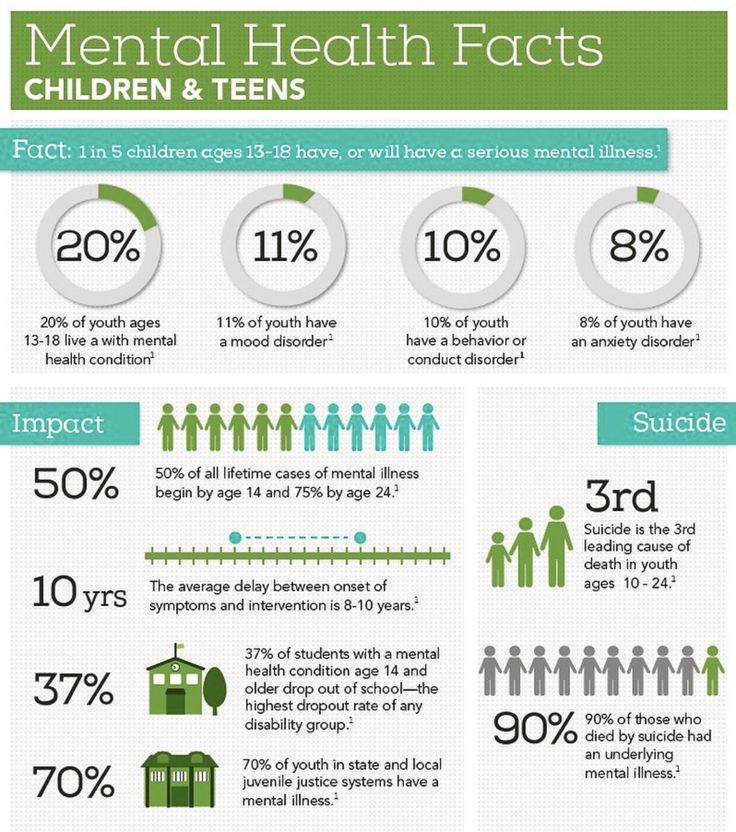
The impact of each individual risk or protective factor is difficult to predict. In most people, exposure to any risk factor does not lead to the development of a psychiatric disorder, while many people can develop psychiatric disorders even in the absence of known risk factors. However, the complex of different interacting determinants of mental health can both enhance and undermine mental health.
Mental health promotion and prevention of mental disorders
Interventions to promote mental health and prevent mental disorders are based on identifying the individual, social and structural determinants of mental health and implementing interventions to reduce risks, increase mental resilience and create an enabling environment for mental health. Interventions may be directed at individuals, specific populations or entire populations.
Reshaping the determinants of mental health often requires action that goes beyond the health sector, so mental health promotion and prevention programs need to reach into the education, labour, justice, transport, environment, housing and social welfare sectors.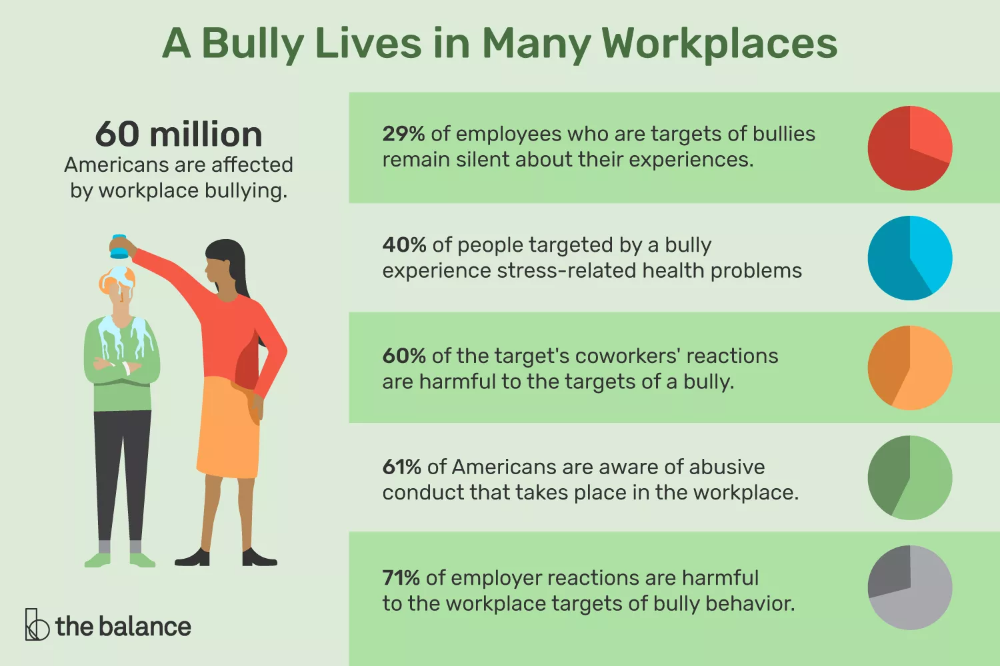 The health sector can make a significant contribution to this by integrating mental health promotion and prevention into health care services, and by promoting, initiating and, where appropriate, supporting intersectoral collaboration and coordination.
The health sector can make a significant contribution to this by integrating mental health promotion and prevention into health care services, and by promoting, initiating and, where appropriate, supporting intersectoral collaboration and coordination.
Suicide prevention is one of the global priorities included in the Sustainable Development Goals. Greater strides in suicide prevention can be made by limiting access to the means of committing suicide, responsible media coverage of such cases, teaching adolescents social and emotional skills, and taking early action. A particularly inexpensive and cost-effective intervention to reduce suicide rates is the ban on highly hazardous pesticides.
Promoting the mental health of children and adolescents is another priority that can be achieved through policies and legislation that promote and protect mental health and aim to support parents and caregivers in caring for their children in a caring and respectful way. implementation of appropriate school-based programs and creation of favorable and safe conditions for children at the level of local communities and in the online space.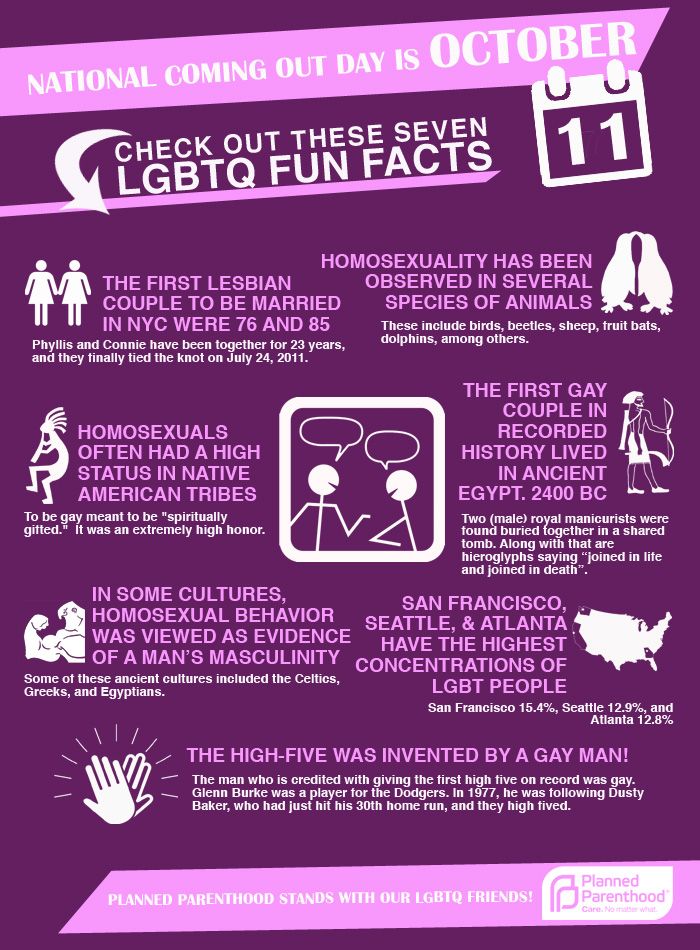 School-based social and emotional learning programs are among the most effective mental health promotion strategies in countries of all income levels.
School-based social and emotional learning programs are among the most effective mental health promotion strategies in countries of all income levels.
There is growing interest in the promotion and protection of mental health in the workplace; relevant measures can also be taken in this area in the areas of legislation and regulation, organizational strategies, training of managers and implementation of interventions at the worker level.
Mental health care and treatment
In the context of national efforts to promote mental health, it is essential not only to protect and promote the mental well-being of the entire population, but also to address the needs of people with mental disorders.
This should be addressed through community-based mental health care, as it is more accessible and acceptable to the population than inpatient care, helps prevent human rights violations, and improves outcomes for mental disorders. Community-based mental health care should be built into a set of related services:
- mental health services integrated into the general health care system, usually at the general hospital level and as part of a shared task with non-specialist primary care workers;
- community mental health services, which may include community mental health centers and teams, psychosocial rehabilitation services, support groups and visitor services;
- Services providing mental health services in social care and non-medical settings such as child protection services, school health services and prison facilities.

The huge gap in care for common mental health conditions such as depression and anxiety requires countries to look for innovative ways to diversify and scale up care for these conditions, such as through non-specialist counseling or self-help using digital platforms.
WHO activities
All WHO Member States have committed to the Comprehensive Mental Health Action Plan 2013–2030, which aims to improve the mental health of the population by strengthening effective leadership and management, providing a comprehensive, integrated and community-based flexible care, the implementation of strategies for mental health promotion and prevention of mental disorders, and the development of information systems, evidence and research. According to the analysis of country performance in implementing the action plan presented in the 2020 Mental Health Atlas published by WHO in 2020, progress towards the goals of the agreed action plan remains insufficient.
The World Mental Health Report, published by WHO, calls on all countries to accelerate the implementation of the action plan.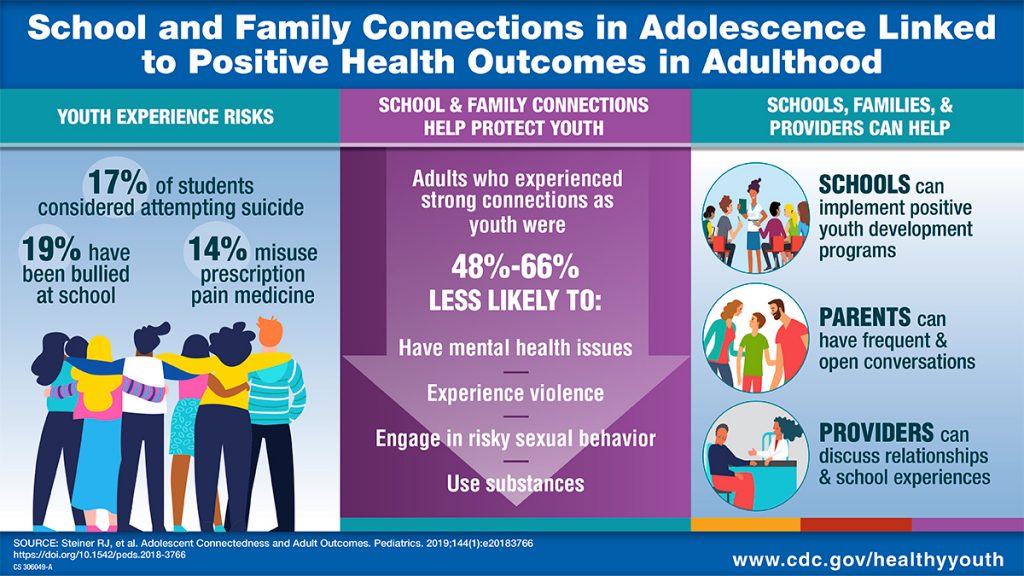 The report argues that all countries can make significant progress in improving the mental health of the population by taking action in three main areas of transformation:
The report argues that all countries can make significant progress in improving the mental health of the population by taking action in three main areas of transformation:
- increasing the value of mental health in the minds of individuals, society at large and government; in line with the realization of this value, ensuring the necessary commitment, interaction and investment from all stakeholders and in all sectors;
- transforming the physical, social and economic environments – at home, in schools, in the workplace and in the wider community – to better protect mental health and prevent mental disorders;
- Strengthening the mental health system so that the full range of mental health needs are met through a network of accessible, affordable and quality community-based services and supports.
WHO focuses on protecting and fulfilling human rights, empowering people to share their personal experiences, and ensuring a multisectoral and multistakeholder approach.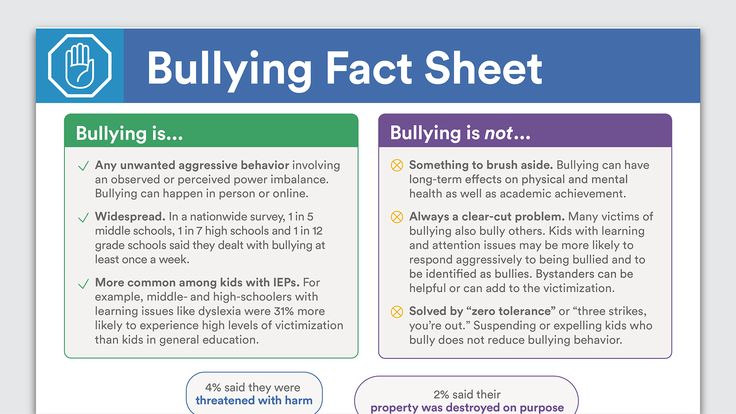
WHO continues to work at the national and international levels, including in humanitarian emergencies, to provide policy advice, evidence, tools and technical support to governments and partners to strengthen collective mental health responses and change aimed at improving the mental health of all people around the world.
The horrors of the "hypnobox": watching TV can undermine your health | Society
Julia Garmatina
Estimated reading time: 5 minutes
786
Weekly "Arguments and Facts" No. 38. Is devaluation of the ruble still inevitable? 16/09/2009It has been proven that what a person watches on TV directly affects his psychological state. Watching TV can even turn into a disease. And the influence can be hidden.
Magician for life
“Take today's fashion for programs about psychics and magicians.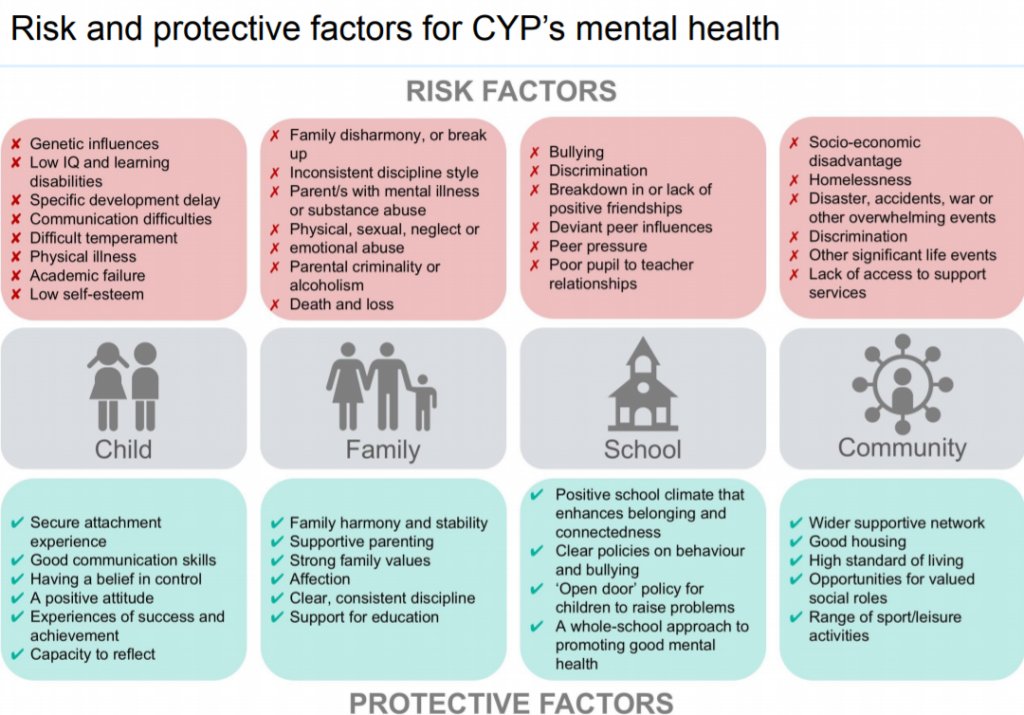 “Promotion of pseudoscientific ideas on TV forms magical thinking,” says Boris POLIGIY, Professor, Head of the Department of Environmental and Social Problems of Mental Health, State Scientific Center for Social and Forensic Psychiatry named after I.I. V. P. Serbian. - As a result, there is a distraction of people from reality, a psychological rebirth. They run away from reality instead of solving their problems. After all, I want a sorcerer to do everything - to return a loved one, to cure loved ones, to raise children. Fortunately, not everyone is affected by this. Usually this is the lot of suggestible, insecure, insufficiently educated people.
“Promotion of pseudoscientific ideas on TV forms magical thinking,” says Boris POLIGIY, Professor, Head of the Department of Environmental and Social Problems of Mental Health, State Scientific Center for Social and Forensic Psychiatry named after I.I. V. P. Serbian. - As a result, there is a distraction of people from reality, a psychological rebirth. They run away from reality instead of solving their problems. After all, I want a sorcerer to do everything - to return a loved one, to cure loved ones, to raise children. Fortunately, not everyone is affected by this. Usually this is the lot of suggestible, insecure, insufficiently educated people.
According to B. Polozhy, another factor that negatively affects the psyche is the naturalistic display of violence on the screen. For many, after watching such scenes, a program for their implementation is launched. Moreover, the violence seen more than once on TV is becoming habitual. No longer touched by murders, bullying. They subconsciously become the norm.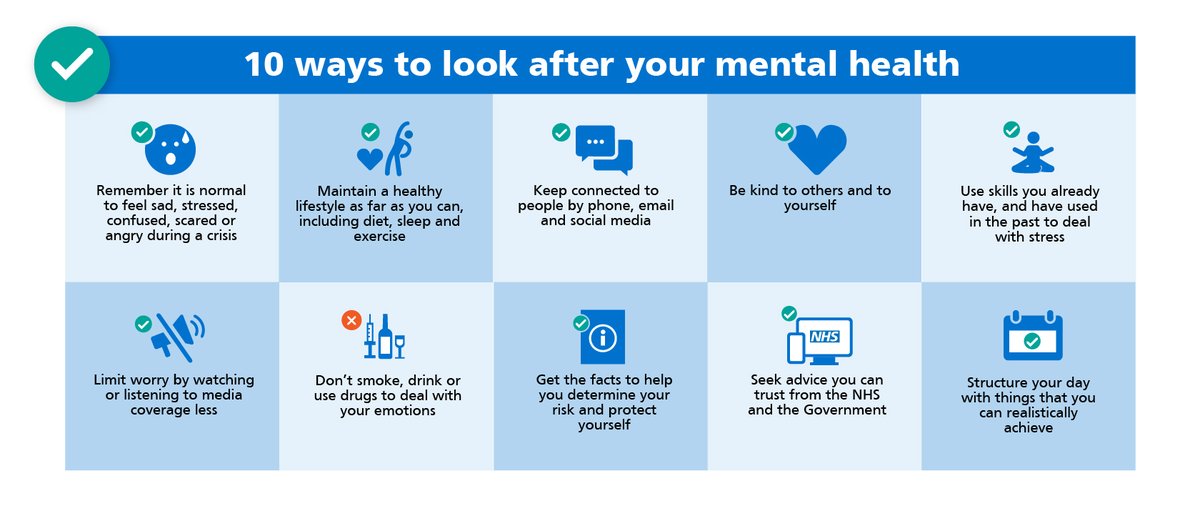 Therefore, WHO, in one of its memorandums, stated: the display of naturalistic forms of violence can be equated with violence itself. The impact on the psyche is so powerful when the details of torment and murder are savored on the screen. Although you can show such scenes only indirectly.
Therefore, WHO, in one of its memorandums, stated: the display of naturalistic forms of violence can be equated with violence itself. The impact on the psyche is so powerful when the details of torment and murder are savored on the screen. Although you can show such scenes only indirectly.
Two standards
Television can not only openly but also covertly influence the subconscious. Moreover, the 25th frame will surprise no one. The eye is able to perceive only 24 frames per second, and the 25th frame does not fix vision, but the subconscious processes it. “It has been used in video production for a long time, it is easy to track it in slow motion. This is baby talk compared to modern technologies, - says Elena RUSALKINA, Deputy Director of the Research Institute of Psychotechnologies. - The overlay method has been used by Americans for decades. Words are recorded (for example, "buy candy"), and music is superimposed on top. You think you're listening to music when you're really listening to ads.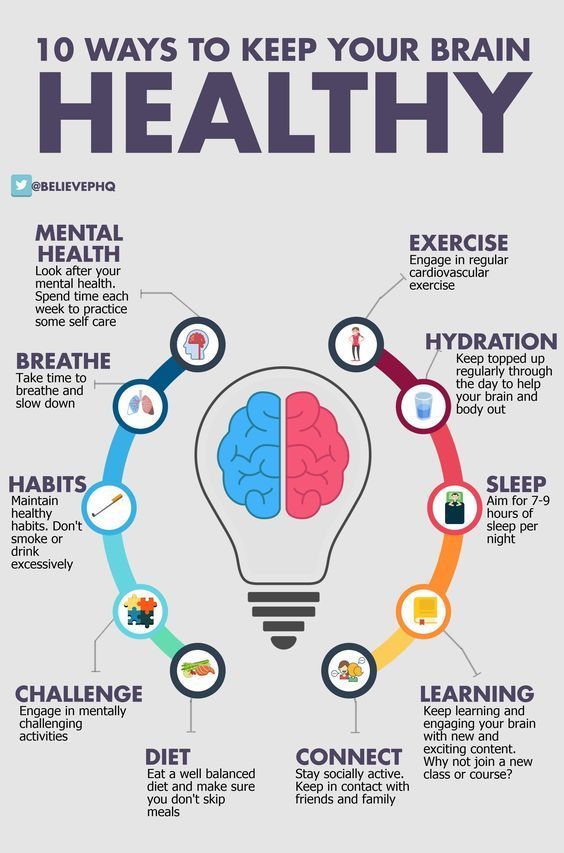 Already now, any command can be entered into the image, and the person will execute it. You can watch the program, and the subconscious - a program about what to do (vote for someone, buy something). A few years ago, the whole world discussed the case: hundreds of children in Japan were hospitalized with epileptic seizures after watching a cartoon about Pokemon. Seizures were caused by a hieroglyph woven into the plot.
Already now, any command can be entered into the image, and the person will execute it. You can watch the program, and the subconscious - a program about what to do (vote for someone, buy something). A few years ago, the whole world discussed the case: hundreds of children in Japan were hospitalized with epileptic seizures after watching a cartoon about Pokemon. Seizures were caused by a hieroglyph woven into the plot.
We, in Russia, have developed methods of unconscious influence. Those are the ones that you can't see. For example, any words, commands can be converted into the usual ear noise or built into music - but a person will not understand this. Invisible elements can also be introduced into the video image (this is the so-called disparate input method). The author of the developments is Professor Igor Smirnov, a doctor and scientist. In practice, we still successfully use the methods of unconscious diagnostics and psycho-correction created by him to restore physical and mental health.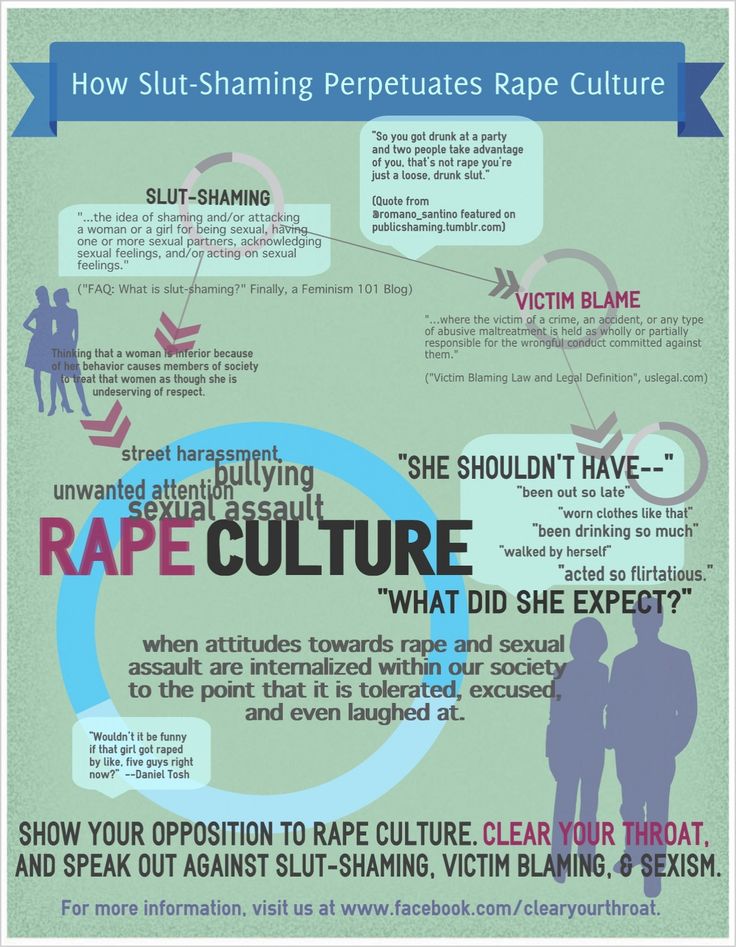 But our goals are humane, but we are not sure that some are so smart. Surely others are working on such methods. What if they end up in the hands of criminals?
But our goals are humane, but we are not sure that some are so smart. Surely others are working on such methods. What if they end up in the hands of criminals?
Clips, films, commercials - the double standard can be found anywhere. But we don't even have a law on the use of unconscious components in audio and video products. Of course, it is impossible to inspire anything. Each of us has moral criteria. You can’t push a person to kill, but “ask” to buy a cream or vote for someone - please. Especially if you sit in front of the screen every day.
TV pause
We have long been accustomed to advertising. But what do we see in it? A person must be successful, have money, a prestigious car and an apartment (take any advertising slogan - be the first, worthy). On the one hand, being successful is good. But there is a focus on material values, on getting pleasure, and at any cost. Which one then? Here the chain closes. You can use any means, even kill, steal, as shown in films.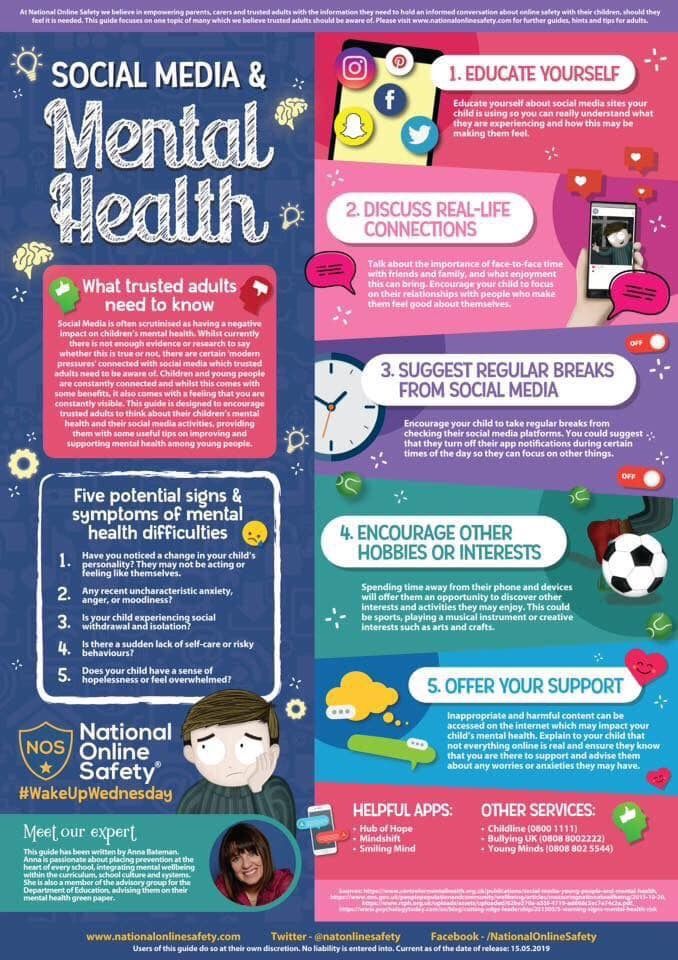 This is corrupting, especially for children and adolescents, who form stereotypes of the future life.
This is corrupting, especially for children and adolescents, who form stereotypes of the future life.
“A prime example of how we are affected is when babies start talking in advertising slogans. There are no hidden technologies here. As a result, people are deprived of the Russian language, it has been replaced by new words and expressions, - says Elena Rusalkina. - And if there are no words to express thoughts, then the thoughts themselves degrade. In addition, the number of hyperactive children is growing - their brain simply does not have time to process the flow of aggressive information.
“Every day in our practice we are confronted with the impact of television on the state of people: some people have aggravated mental disorders, others develop anxiety, depression, phobias. Legally, it is almost impossible to prove that a mental health disorder that has arisen is associated with exposure to certain television programs. But any specialist will be able to draw a parallel between them and the state of the psyche,” says Boris Polozhy.